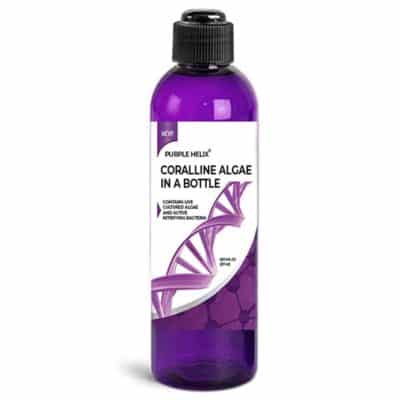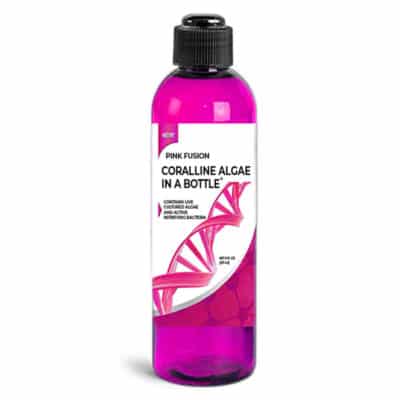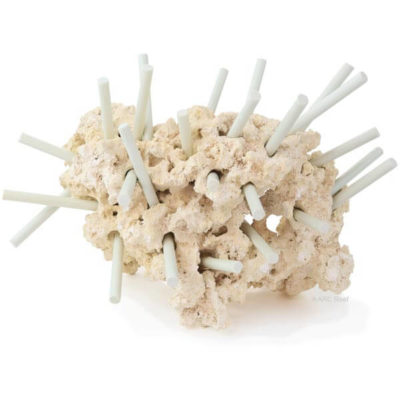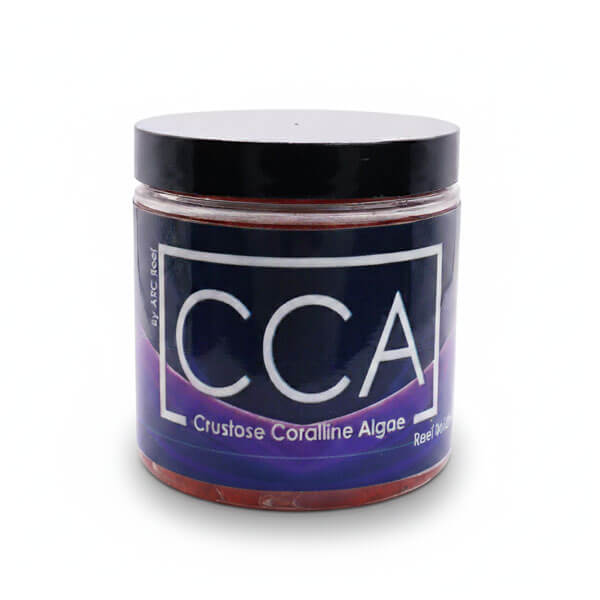Live Rock Hitchhikers and Species Identification Guide
The introduction of Live Rock is the single best way to increase the biodiversity of your aquarium. The goal is to try to obtain a balance and to match that which is found in nature. In the past, the word “hitchhiker” came with a negative connotation. We have come a long way in the hobby and the term hitchhiker is now used to describe the vast array of life of Live Rock hitchhikers. Nearly all of these creatures will add to the balance of life found in your tank.
The Beneficial Roles of Live Rock Hitchhikers:
- Processing of waste and detritus.
- Filtering your tanks water.
- Stirring and oxygenating your sand-bed.
- Keeping nuisance algae at bay.
99% of these hitchhikers and reef critters are a valuable addition to your aquarium. This species identification guide will cover all these beneficial critters as well as the 1% that make up the bad hitchhikers and reef tank pests, as well as how to easily remove one should you be part of that 1% who get a hitchhiker pest that is not beneficial. This guide may help identify hitchhikers from other types of Live Rock but it is meant to be specific to ARC Reef Live Rock and ARC Reef Premium Live Rock, both of which are 100% aquacultured and harvested from the Atlantic Ocean. If you have purchased our Live Rock and found a hitchhiker not listed feel free to Contact Us or call us at 1 (800) 268-ROCK and we’ll help you to identify that particular species of hitchhiker. If you are looking to avoid all saltwater aquarium pests then the best alternative method is to purchase Dry Rock and then to add Coralline Algae to your tank via one of our Coralline Algae Starter Packages. All coralline algae packages come with the beneficial bacteria that your new dry rocks will need to be successful. Click here for Coralline Algae for Sale.




